Exploring IKEA’s Sustainable Design Strategy: Part One
The design adds various values inside any company. At the top of these values is building a company-wide strategy such as IKEA sustainable design strategy. Strategic design and good design management are essential for any organization to achieve innovation, which subsequently leads to a more exceptional ability to compete in the market.
“Tomorrow’s business must innovate or deteriorate. They must design or die! .” (Janice Kirkpatrick, designer, at the launch of Design in Business Week, 1998)
As a leading manufacturer and seller of furniture and home-related accessories, IKEA concentrates all its resources on delivering to its consumers’ innovative products at the lowest prices possible. While creativity at a low price requires more challenging design thinking, the achievement of this balancing act has put IKEA among the world’s leading companies in the furniture industry.
IKEA and Sustainable Design
While IKEA’s business is growing, its leaders have taken responsibility for both people and planet and applied sustainability goals to its growth. In his book, Sustainability Principles and Practice, Robertson describes sustainability as recognizing the dynamic and cyclical nature around us, including all the visible and invisible elements on Earth. It is about being educated and involved in the changing world and the determinations of what most needs to be done to preserve the planet’s resources and restore what is broken. Then, Robertson defines the word “sustainability” as referring “to systems and processes that can operate and persist in their own over long periods of time.”
IKEA Sustainability: People and Planet Positive
IKEA has established a sustainability strategy called “People and Planet Positive”. This strategy aims to help make people’s homes more sustainable and provide a better life for people and their community. This IKEA sustainability strategy includes resources and energy independence plans, which limit the consumption of the planet’s resources, replace them with recycled and renewable materials, and reduce waste.
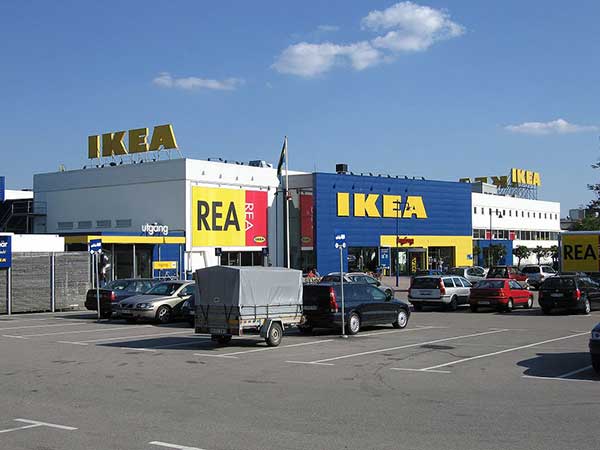
Implementing IKEA’s People and Planet Positive strategy requires sustainable design and innovative process. A linkage between strategic design and IKEA’s sustainability plan aims to produce a sustainable product for a low price that reaches the end consumer through environmentally-friendly stores and transportation facilities. To achieve this linkage, IKEA initiated “Democratic Design Strategy” This design strategy involves some factors to deliver a product has a good quality, functional, low price, and sustainable. The Democratic Design strategy will be covered in more detail later in the two parts of this article.
The role of design is involved in different stages throughout IKEA’s sustainability strategy, starting from the selection of raw materials and ending with the delivery of the final product to the customer around the world.
How IKEA was born
In the 1920s, IKEA founder Ingvar Kamprad started his professional life early by selling matches at the age of 5. By the age of 7, he began to buy bulk matches in Stockholm and resell them individually to make a good profit. Then he expanded his business to sell other products, such as flower seeds, greeting cards, pencils, and other products.
In 1943, Ingvar Kamprad established IKEA, which originally sold pens, wallets, picture frames, table runners, jewellery, and nylon stockings at low prices. The name IKEA is an acronym for the founder’s name, Ingvar Kamprad (IK), the farm where he grew up, Elmtaryd (E), and his hometown, Agunnaryd (A).
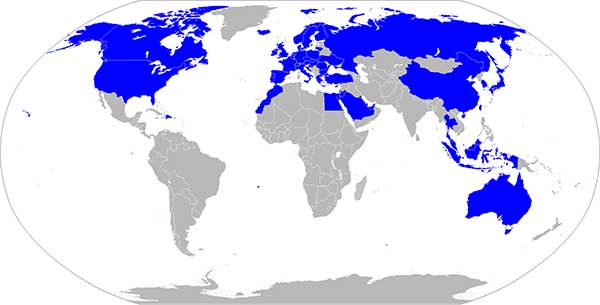
The idea of self-assembly furniture came late in 1956 when one of his employees removed the legs of a LÖVET table to fit it into a car without damaging it. This discovery of flat packs became one of IKEA’s competitive advantages and an essential part of IKEA’s design and sustainability strategies, which will be described later in this report. In 2007, IKEA established 300 stores in 35 countries with a total visitor count of 583 million, a credit to its products’ low price and good design. In 2008, its general sales reached €21.2 billion, compared to €4.4 billion in 1994.
Sustainable Culture at IKEA
While the design and innovation inside IKEA are affected by its sustainability strategy, it is also greatly influenced by the organizational culture and management practices inside IKEA. The company environment reflects a focus on people and creativity, which is Kamprad’s philosophy. The working environment within the company supports this idea, as do its top managers. While other companies pay lavish salaries and provide first-class luxury flights and expensive hotels for this level of management, IKEA managers do not fly first-class and share hotel rooms.
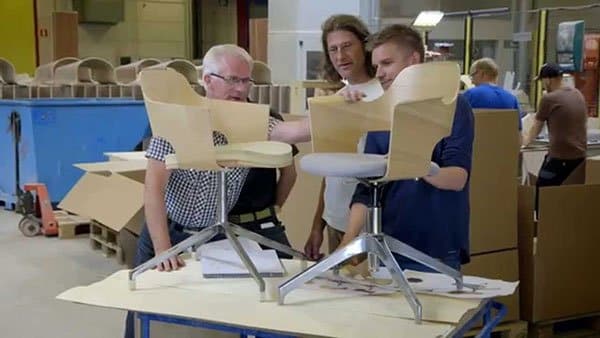
Kamprad’s philosophy gives more focus on the main objective of the company, which is to make people’s lives better and democratize design. The management style inside the company is informal, and its offices support the sustainable design strategy. Ingvar Kamprad described the position of co-workers at IKEA when he said,
“The intelligence of people on the ground becomes critical to strategy, not top-down command.”
IKEA and Sustainable Design
IKEA Sustainable design strategy for 2020 report introduces how the world is changing rapidly around us, and the threat of global warming and climate change appears more evident than before. The global population was 1.65 billion at the beginning of the 20th century. Now, this is the current population of both China and India. This increasing mass of people has consumed the planet’s resources without restrictions or constraints.
Currently, the global society is consuming resources at the rate of 1.5 planets similar to Earth, and global carbon emissions continue to rise, pushing global temperatures up four degrees Celsius by the end of the century. This increase in global temperature will affect the sea level, agriculture, and other environmental phenomena.
“Our vision is to create a better everyday life for the many people,” the IKEA Group Sustainable Report stated.
IKEA believes that working for the good of the environment through sustainability is another facet of achieving the broader good for all people and is compatible with its vision to provide a quality product at a low price that is affordable for people with ordinary incomes and young consumers. As Mikael Ohlsson, IKEA president and chief executive officer, implied in the IKEA Group Sustainable Report 2012, IKEA’s stately new “People and Planet Positive” initiative aims to inspire consumers to live in more sustainable homes.
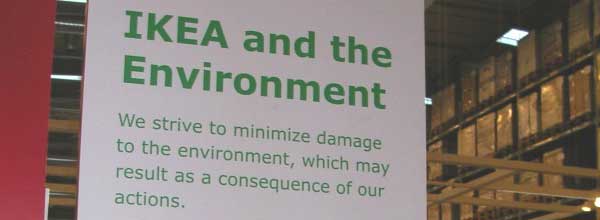
The United States is another example of the need to apply sustainability to IKEA’s chain supply processes. One IKEA goal was to reduce store waste by 90%. Most other manufacturers have tried to achieve this by increasing product prices, but IKEA did not because of its restrictive policy to provide low-priced products to its consumers. So, the solution was to shorten the supply chain, which meant building stores next to stations to decrease transportation costs from the factory to the stores. This concept is known as “eliminating the middleman.”
The “eliminating the middleman” strategy meets well with IKEA’s sustainability practice to reduce Carbon emissions and apply sustainability to its product transportation and chain supply.
Applying sustainability to IKEA’s design process aligned with Birkeland’s definition of design for sustainability as:
- Responsible: Redefines project goals with a focus on basic needs, social equity, and environmental justice.
- Synergistic: Creates positive feedback between different functional elements.
- Contextual: Re-evaluates design conventions and concepts to participate in social transformation.
- Restorative: Strengthens people’s and nature’s health and psychological well-being.
- Eco-efficient: Minimizes the number of input materials and energy as well as the output of pollution and waste.
- Creative: Provides a new paradigm that exceeds traditional thinking.
- Visionary: Focuses on visions and desired outcomes, and produces methods that achieve them.
IKEA Sustainable Strategy: Democratic Design
Many believe that there are great product designs out there, but they are hard to afford by ordinary people because of their high price and production costs. IKEA’s Democratic Design integrates into its business policy and designs the principle that everyone has the right to get a high quality, sustainable, and well-designed products at the lowest price. This target merges with IKEA’s sustainability strategy to make everyone’s home environmental friendly by saving energy, reduce waste, and depend on recycled and renewable materials.
There are four aspects of the Democratic Design strategy that form its holistic view and integrate with the sustainability strategy, as we will see later in this article:
IKEA Democratic Design (sources: IKEA Youtube page)
Sustainable Design at IKEA
IKEA’s product design is what the consumers buy when they visit its stores, and to achieve design and sustainability strategies, product design should balance the following four dimensions:
- Form: Everyone is looking for good and beautiful designs to add to their homes, so product design should be beautiful and appealing to everyone.
- Function: Functionality becomes more and more critical to our daily life; beautiful products need to be functional and user friendly. Consumers do not want to buy a product that is hard to use or unusable in their daily life.
- Quality: The quality of a product is another essential component. Everyone is looking to get the best quality at a price in hand.
- Sustainability: Every design at IKEA needs to support the sustainability strategy. For example, Lampan is a light product that does not require packaging and saves space in storage and transportation.
- Low price: Low price is one of IKEA’s key commitments and one of the essential roles of Democratic Design.
These elements are closely related to product design at IKEA. Designers have to achieve all the five elements to create a product that complies with IKEA design and sustainability strategies.
Working with Suppliers
IKEA developed the ability to work with suppliers directly to bring designs to life. IKEA has around 1,000 suppliers in 53 countries. To ensures the quality of production and working conditions at each of these suppliers, Ikea introduced its code of conduct (IWAY).
The IWAY code of conduct was introduced in 2000 to identify IKEA’s requirements for suppliers regarding products and services, and IWAY describes what suppliers expect from IKEA in return. The IWAY code of conduct includes standards about the following:
- Start-up requirements
- General conditions
- Environment: Air, noise, water, and ground
- Chemicals
- Hazardous and non-hazardous waste
- Fire prevention
- Workers’ health and safety
- Housing facilities
- Wages, benefits, and working hours
- Child labour
- Forced and bonded labour
- Discrimination
- Freedom of association
- Harassment, abuse, and disciplinary actions
Sustainable Raw Materials
Choosing raw materials is part of the production design process, and these materials should meet IKEA’s sustainability guidelines while keeping price at their lowest. The raw materials used in IKEA’s products are renewable, recyclable, and recycled. IKEA is using a number of raw materials in its products that are sustainable and inexpensive, such as:
- Bamboo: This strong and fast-growing material grows 10 times faster than wood, which makes using it sustainable and environmentally friendly.
- Wood: The wood used in IKEA products meets the IWAY Forestry Standard, which ensures that the wood is sourced from a sustainable sources.
- Wood Plastic Composite: This consists of polypropylene and wood fibers that together create stronger and less expensive plastic products.
- Flax and Linen: Linen is extracted from the fibers of flax plants that grow in cooler climates naturally — without any human interaction in the aggregated process.
- Better Cotton: The Better Cotton is an initiative between IKEA and WWF to enable 100,000 farmers in India and Pakistan to produce cotton with fewer chemicals and less water consumption.
- Recylced PET Plastic: The advantage of using PET is it can be melted down and recycled into pellets and usable textiles.
- Water Hyacinth: This is a good renewable plant that can be used to create durable hand-woven products.
Sustainable Life at Home
The fourth part of IKEA’s Democratic Design strategy is life at home. IKEA’s mission is to create a better everyday life for many people, and this is achieved through a combination of factors that enable ordinary people to get high-quality, sustainable, and well-designed products at the lowest price possible.
The self-assembly packaging model is another way to keep the price down, because it reduces the storage and transportation costs and takes the consumer buying process to a more interactive level, as consumers become part of the production process when they assemble the design at home.
In this part, we explored some aspects of the sustainable design inside IKEA and how its plan implicated number of tools and strategies to achieve the sustainable design including the Democratic Design. In the second part of this article, we will continue to explore the rest of IKEA’s sustainable strategies including the People and Planet Positive, the human-centred design and the Design for Sustainability (D4S) strategies.
Note: This article was originally published on 20/11/2014, and updated on 14/07/2020. Updates included rephrasing some sentences, adding updated links, and media sources.

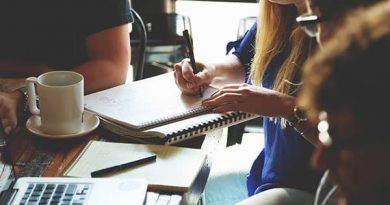
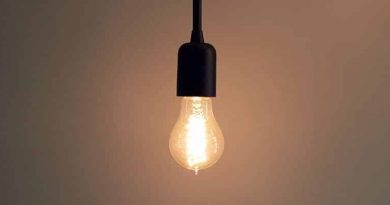

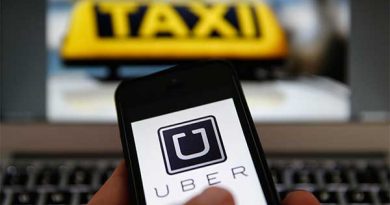
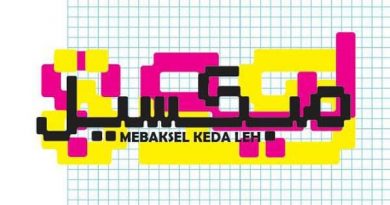

Dear Rafiq
I´m academic staff member of the School of Design at Universidad de Valparaíso (Chile). The link to the university is: http://www.uv.cl and the link to the School Web Page is https://disenouv.cl/.
Here is the link to a Newsletter of our School. Unfortunately is only in Spanish, but if you see the images I hope you will make an idea about our work.
I want to celebrate your web page for its contents that are very much interest.
I´m teaching Design management projects and I would like to use some of the contents from your web page.
Thank you for sharing your wide analysis and reflexions about Design Process and other concerning issues
Best regards
Alejandro Rodríguez-Musso
(Valparaíso, Chile)
Hi Alejandro, if you want to use my articles for educational purpose, you can do that as long as it will printed or used in the university Intranet (i.e. through Blackboard). You need to mention the source with me as the author and Designorate website as the source. I teach DM as well, so let me know if you need any further help. Thanks! Rafiq